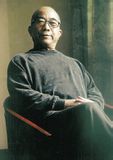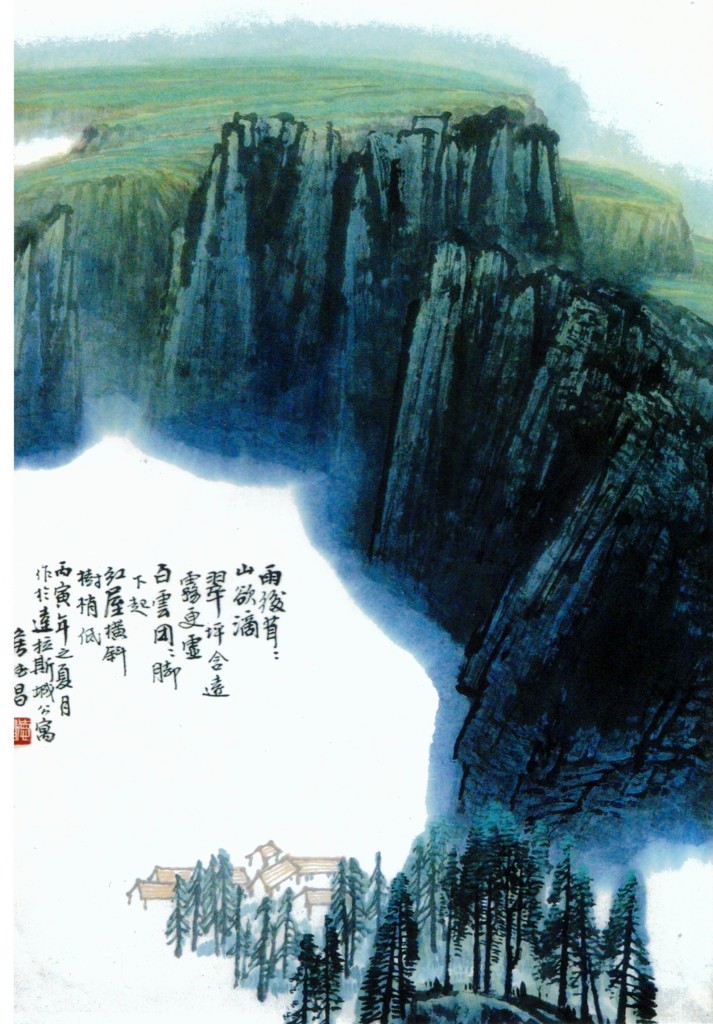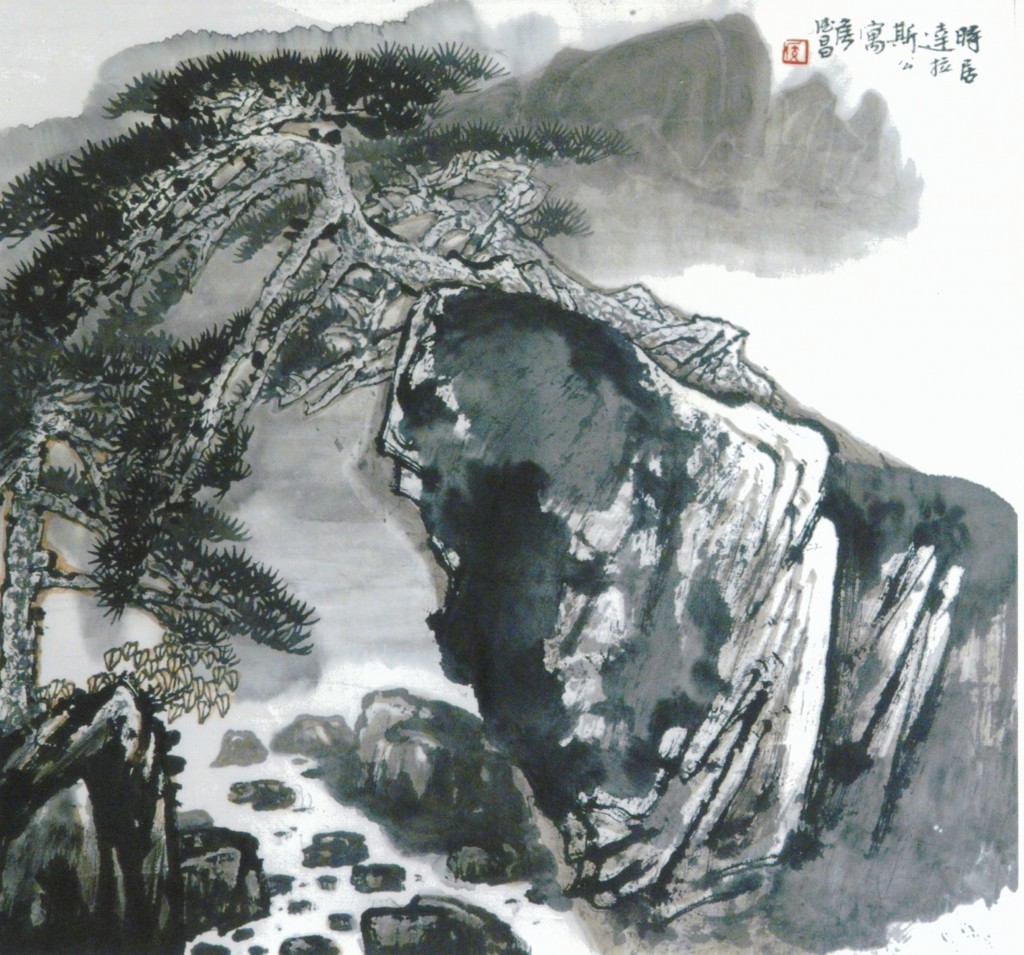Hou Dechang 侯德昌
Hou Dechang 侯德昌

Born in 1934, Henan Province, China, Hou De Chang graduated from Beijing’s Central Academy of Fine Arts. His latest appointment is as a Researcher at The Counsellors’ Office of the State Council.
In 1994, Hou was commissioned by the State Government complete a painting that would capture the essence of the Great Wall of China. Completed in xxxx, this painting continues to adorne the walls of the Great Hall of the People, East Hall. Ex-Premier Jiang Zemin once commented that this remarkable painting truly demonstrated the spirit of the Chinese race.
One of Hou’s most acclaimed accomplishment must be the seventeen characters in front of Mao ZeDong’s Mausoleum at Tianan Men Square “伟大的领袖和导师毛泽东主席永垂不朽”. Of the tens of thousands’ of calligraphers who had submitted their writings to the Central Government, Hou’s was unanimously selected as the winning entry for display.
As an accomplished calligrapher and painter, Hou De Chang had published 3 books on his collection of calligraphy writing and paintings. His unique works have even been recognized beyond China and he has been invited to exhibit his works in the USA, Thailand and Singapore.
Chinese poetry is a highly regarded literary genre in China. Its nuance is demonstrated through poetry recital and calligraphy. Poems composed during the Tang and Song Dynasties are often a reflection of the poets’ compassion towards the common people’s plight under the mercy of the natural environment. Grounded in deep rooted foundation, Hou’s calligraphy depicts these emotions of our ancestors in a sincere and direct manner.
Born in 1934, Henan Province, China, Hou De Chang graduated from Beijing’s Central Academy of Fine Arts. His latest appointment is as a Researcher at The Counsellors’ Office of the State Council.
In 1994, Hou was commissioned by the State Government complete a painting that would capture the essence of the Great Wall of China. Completed in xxxx, this painting continues to adorne the walls of the Great Hall of the People, East Hall. Ex-Premier Jiang Zemin once commented that this remarkable painting truly demonstrated the spirit of the Chinese race.
One of Hou’s most acclaimed accomplishment must be the seventeen characters in front of Mao ZeDong’s Mausoleum at Tianan Men Square “伟大的领袖和导师毛泽东主席永垂不朽”. Of the tens of thousands’ of calligraphers who had submitted their writings to the Central Government, Hou’s was unanimously selected as the winning entry for display.
As an accomplished calligrapher and painter, Hou De Chang had published 3 books on his collection of calligraphy writing and paintings. His unique works have even been recognized beyond China and he has been invited to exhibit his works in the USA, Thailand and Singapore.
Chinese poetry is a highly regarded literary genre in China. Its nuance is demonstrated through poetry recital and calligraphy. Poems composed during the Tang and Song Dynasties are often a reflection of the poets’ compassion towards the common people’s plight under the mercy of the natural environment. Grounded in deep rooted foundation, Hou’s calligraphy depicts these emotions of our ancestors in a sincere and direct manner.
1934年生于河南省。毕业于原中央工艺美术学院并任教。现为中央文史研究馆馆员, 中国美术家协会会员, 中国书法家协会会员, 清华大学美术学院教授。
侯老的山水画气势如虹,俐落豪壮。 1994年创作的《幽燕金秋图》如今悬挂在人民大会堂东大厅。创作者在吸收了张仃先生创意的基础上,亲赴八达岭采风, 花了月余完成。 此画描绘了长城的气势和雄浑风姿。 前中国人民共和国主席江泽民曾说“画的气势很大,体现了中华民族的精神内涵。”
毛泽东纪念堂前的17个大字是出自侯德昌的手笔。1979年党中央从几万件来稿中挑选出侯德昌所写的黑方体大字号“伟大的领袖和导师毛泽东主席永垂不朽”并制成金字 浮雕,镶于天安门广场记念碑大理石墙上。
侯德昌对书法艺术的研究造诣也很深。从1989年至1998年,他先後出版了3本书法选。侯老的书画艺术在中国以外也享有盛誉。曾应邀赴美国,泰国,新家坡等地进行访问,讲学和举办个人画展,深受好评。


